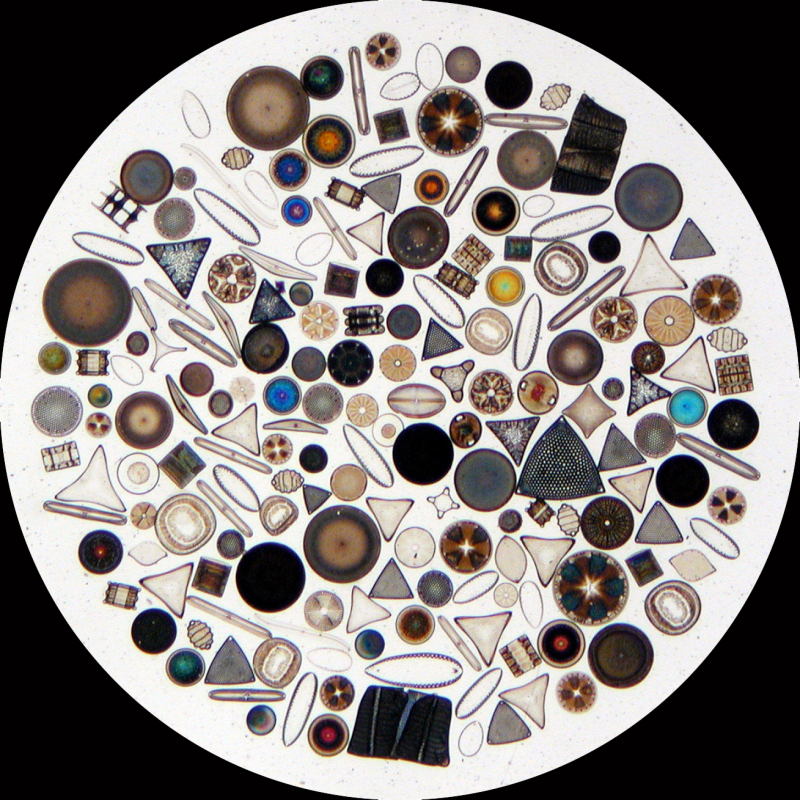Electrical activity in the dark
You would expect scientists to know all there is to know about diatoms. They are after all a major group of microorganisms found in the oceans, waterways and soil all over the world, numbering in the trillions.
Diatoms generate about 20 percent of the oxygen produced on the plant each year and contribute nearly half of the organic material found in oceans. Yet how these tiny algae communicate has been shrouded in mystery. Now a group of scientists discovered that diatoms become electrically active when the light goes out.
“Under stress, such as light deprivation and probably temperature rise, diatoms start releasing Ca2+ ions to communicate. It is a cell to cell signalling technique,” says Dr Dago de Leeuw (Faculty of Aerospace Engineering), one of the authors of the study which was published in Scientific Reports.
“The microorganisms let each other know that it is time to migrate closer to the surface or, to the contrary, dive deeper in the water to obtain optimal light and temperature conditions.” For the very first time – according to De Leeuw - collective electrical oscillations of diatoms have been measured.
The measuring technique used to register the electrical oscillations was first used for a totally different purpose: to investigate what happens in the brains of people with brain tumours, making this a nice example of cross pollination of research fields.
Brain tumour cells respond to increasing acidity with bursts of electrical activity, a process that could directly disturb healthy neurons and lead to epileptic seizures. A team of researchers, amongst whom De Leeuw, and scientists from the University of Bath, were able to observe this using a very sensitive detection method they’d developed, involving a transducer with large-area electrodes that maximise double-layer capacitance, thus increasing the sensitivity.
De Leeuw: “Basically, what we did is that we designed a detection method with electrodes that measures electric activity with extreme precision but not with very high spatial resolution. You always need to make a trade-off. When you focus on the electrical characteristics of a single cell, you gain in spatial resolution but you lose in signal sensitivity. When you zoom out, you lose spatial resolution, but gain in sensitivity.”
Using rat glioma cell line as a model system (glioma cells are a type of tumour cell), and performing long-term live recordings of the electrical activity, the scientists showed that, although glioma cells are nonelectrogenic, they display a remarkable electrical burst activity in time. The finding was published in Science Advances in 2016. The discovery was a lucky shot, says the Delft researcher. “We noticed electrical activity after we had neglected the cells for some time; after we had stopped providing them with nutrients.”
Not much later, a colleague from Portugal – an oceanographer from the Universidade do Algarve knocked on their door. He brought a bucket of sea water with him from the surf of the Portuguese town of Cascais, containing, amongst others, Pseudo-nitzschia fraudulent, a diatom which had caused an important bloom off the Portuguese coast in October 2014. Why not also bully these cells and see what happens, he proposed. Talk about serendipity.
